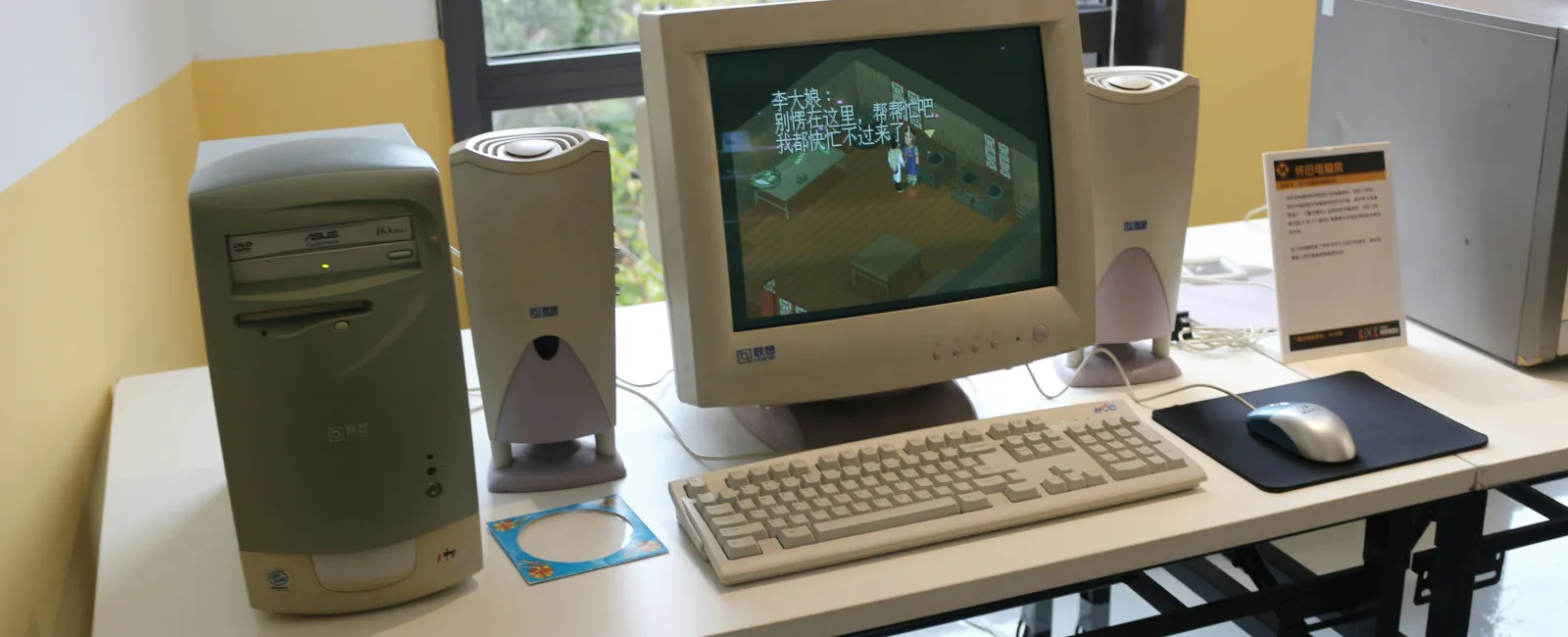How Often Should a Business Replace Computers?
If you've ever had to explain to your board why a major project stalled because of a slow, crashing computer, you know the pain. Outdated machines don't just frustrate employees; they quietly erode productivity, increase risk, and drain your budget. This is where effective technology lifecycle management becomes crucial.
For CFOs and executives, IT asset management isn't just an IT detail. It's a financial strategy. Done right, it prevents costly downtime, strengthens cybersecurity, and helps you scale without unexpected technology roadblocks.
What Is Computer Lifecycle Management?
Think of lifecycle management as preventive maintenance for your entire IT infrastructure. Instead of waiting for machines to break down, PC lifecycle management schedules hardware replacements at the right intervals so your business avoids the chaos of "crash-and-rescue" fixes.
- Effective asset lifecycle planning ensures:
- Predictable budgeting (no surprise expenses).
- Stable performance across your workforce.
- Better security through updated technology.
- Employee confidence in reliable tools.
How Often Should Businesses Replace Computers?
General Rule of Thumb: 3-5 Years
Most business computers should be replaced every 3-5 years. After year three, performance issues and security vulnerabilities rise sharply. At year five, the total cost of keeping a machine running (repairs, downtime, employee frustration) is often higher than simply implementing a lifecycle replacement strategy.
Industry Variations Matter for a PC Lifecycle
- Engineering & https://www.nerdsinaflash.com/industries/architectureArchitecture: High-performance workstations (running AutoCAD, Revit, or Mastercam) often need upgrades every 3 years to keep up with demanding software.
- Manufacturing & Construction: Machines used mostly for office tasks (email, spreadsheets, project management) can sometimes stretch closer to 5 years, but only with proactive IT maintenance and management.
- Healthcare, Finance, or Compliance-Heavy Industries: Stricter regulations often mean shorter PC refresh cycles to maintain compliance and reduce cybersecurity risks.
Risks of Holding on Too Long
Downtime and Lost Productivity
A single outdated machine can slow an entire team. Employees waiting on frozen screens or troubleshooting outdated software isn't just frustrating; it's expensive. Multiply those lost hours by 50 or 100 employees, and you're looking at real financial impact. This is why proper IT hardware management is essential.
Cybersecurity Vulnerabilities
Older systems often can't run the latest security updates. That makes them a prime target for ransomware, phishing, and data theft. For industries like finance or healthcare, outdated IT assets could even mean regulatory penalties.
The CFO's Role in Asset Management
As CFO, you already manage budgets, risk, and long-term planning. IT management belongs on that list. Here's why:
- Financial Control: Plan technology replacements proactively instead of scrambling after failures.
- Risk Management: Minimize downtime and security breaches that can tank quarterly results.
- Scalability: Align IT investments with growth, ensuring new hires and new projects never hit a wall due to outdated tech.
- Confidence: When leadership asks, "are we prepared," you'll have the answer and the data to back it up.
Partnering with an IT provider who offers proactive hardware lifecycle management ensures you're never blindsided by failing hardware or sudden expenses. At Nerds in a Flash, we treat lifecycle planning as mission-critical because nothing wrecks confidence faster than being caught unprepared.
Invest in PC Lifecycle Management With Confidence
Replacing computers isn't just an IT chore, it's a strategic move that protects productivity, strengthens cybersecurity, and keeps your business future-ready. Llifecycle management is key to maintaining a robust IT infrastructure.
If your current IT provider only reacts after problems happen, it's time for a new approach. With heroic IT support, proactive PC lifecycle management, and a 15-minute response time, Nerds in a Flash takes IT management off your plate so you can lead with confidence.
Click Here or give us a call at 866-523-2985 to Book a FREE 15-Minute Discovery Call
FAQs About Business Computer Replacement
- How often should a business replace its computers?
Most businesses should implement a PC refresh cycle every 3-5 years, depending on usage and industry requirements. - What happens if we don't replace computers on time?
You risk downtime, employee frustration, and security vulnerabilities that cost more than proactive equipment replacement. - Do all industries follow the same replacement cycle?
No. Industries using resource-heavy software (like engineering and architecture) often need shorter hardware lifecycles, while office-based roles can sometimes extend to five years. - How can CFOs budget for computer replacements?
Through IT asset lifecycle management: a structured replacement plan that spreads costs over time, avoids emergencies, and aligns IT investments with growth.





